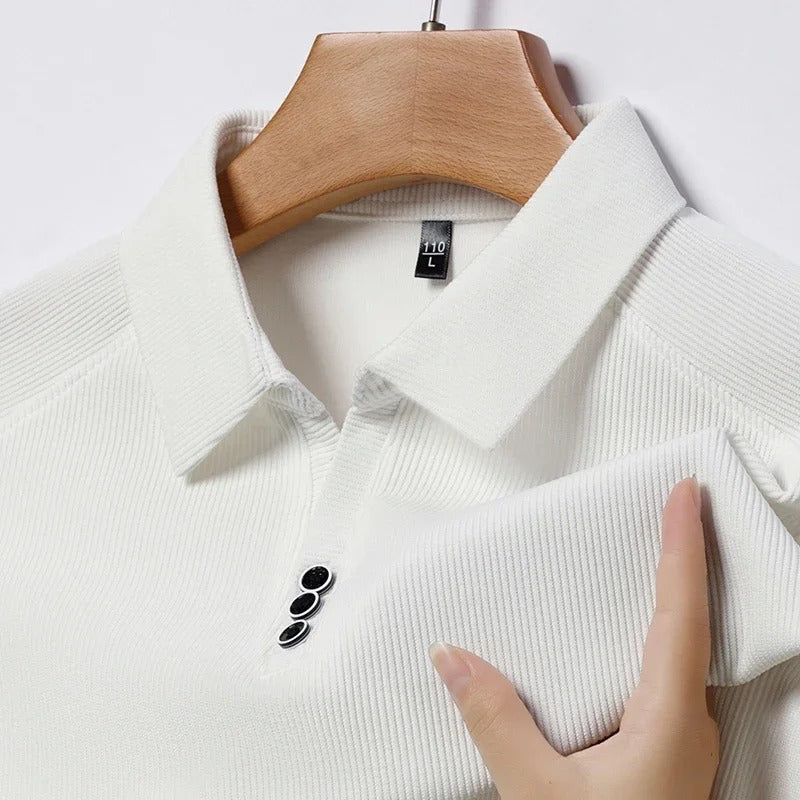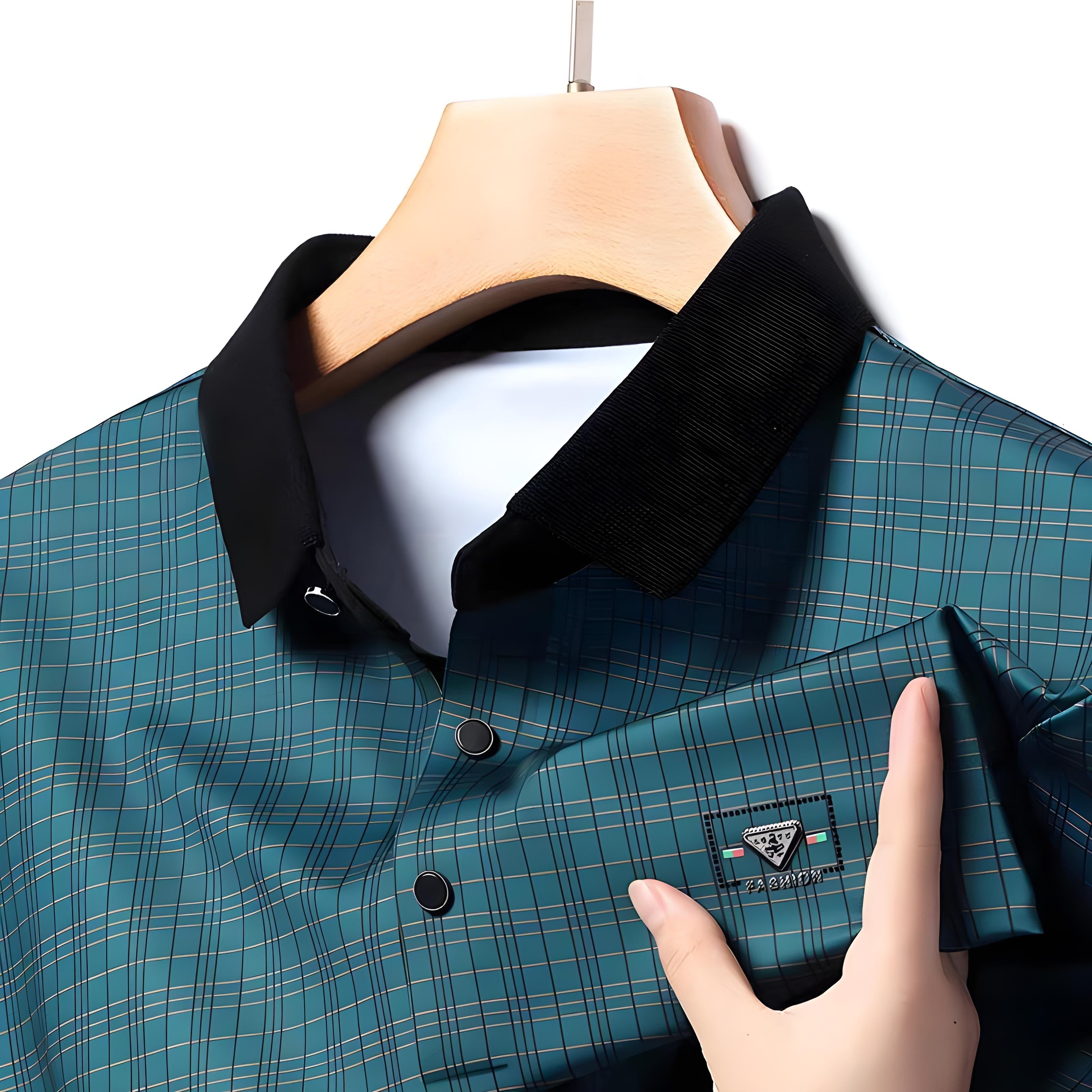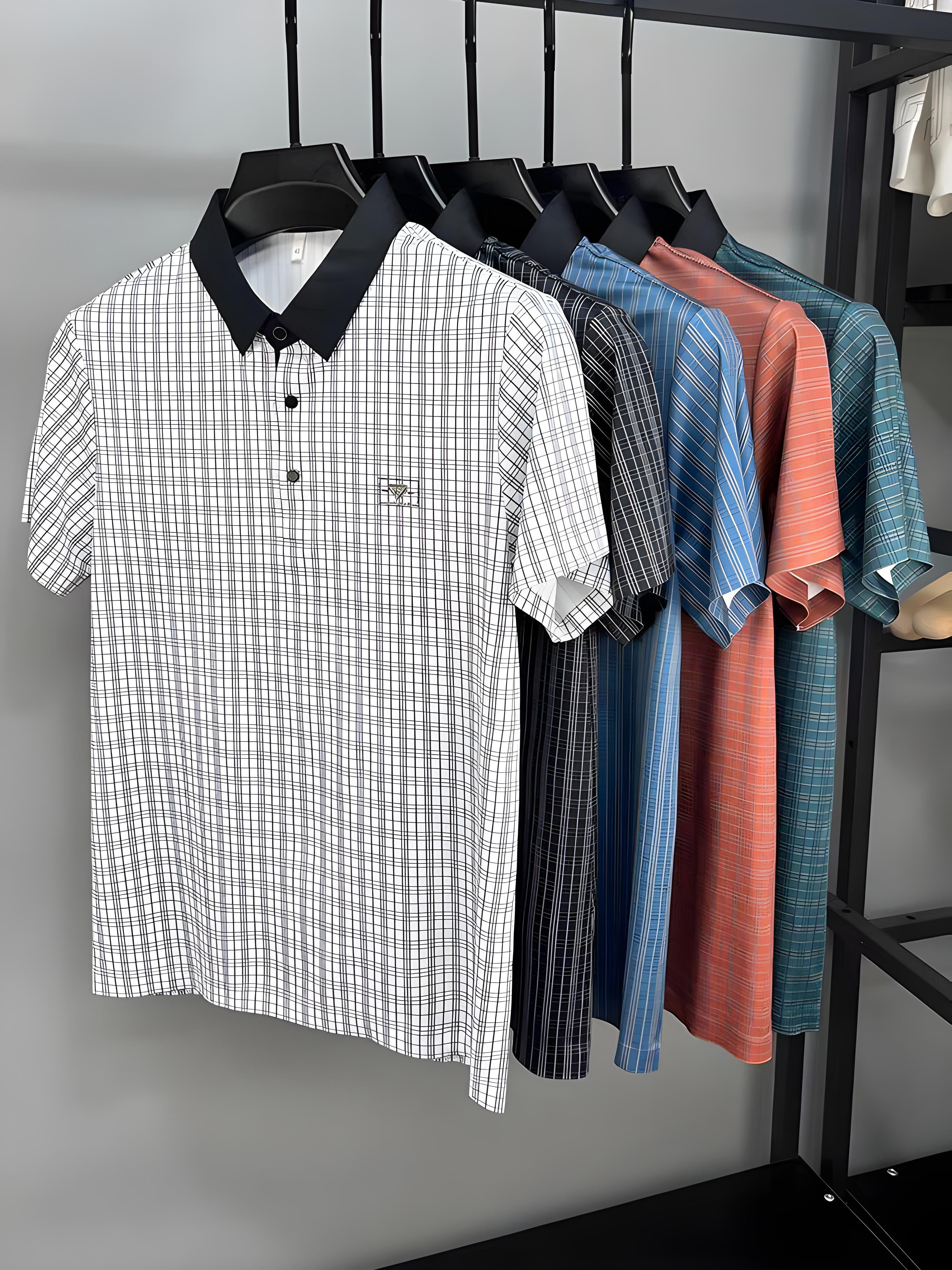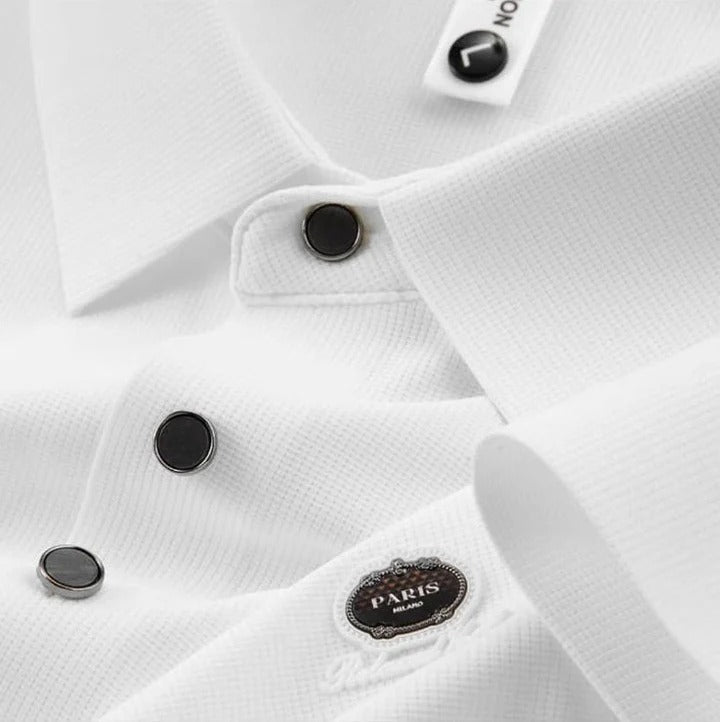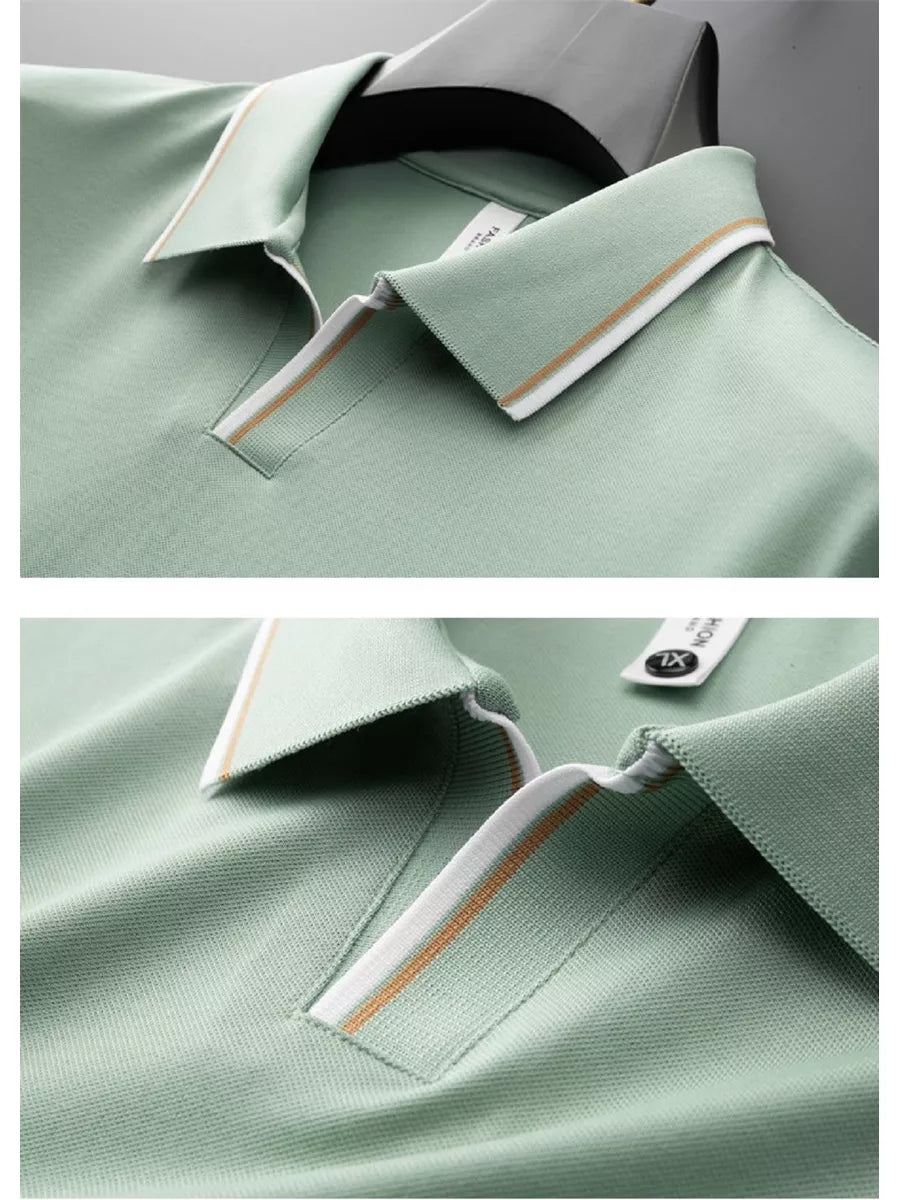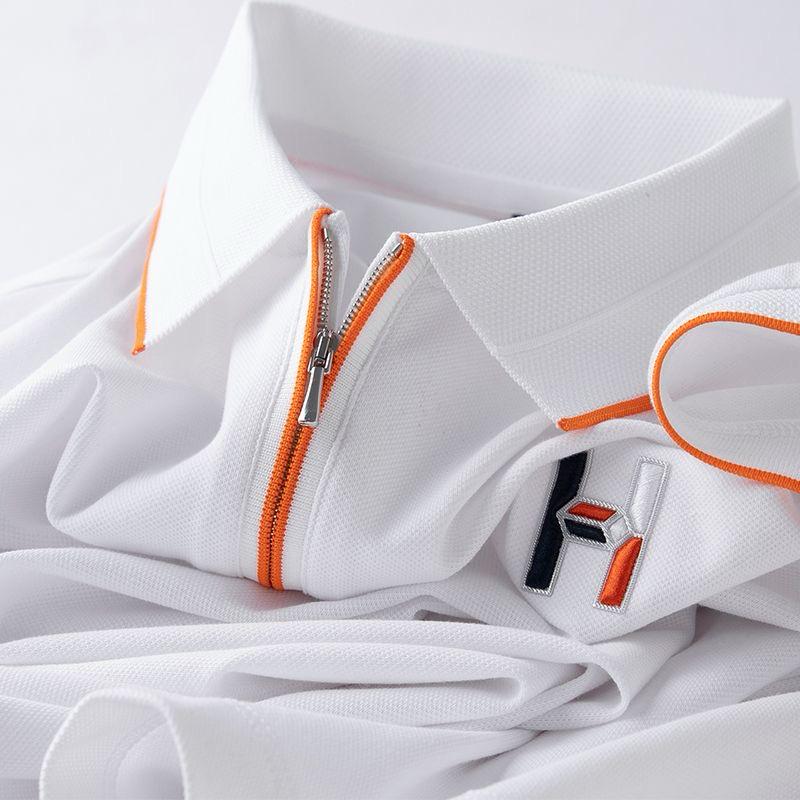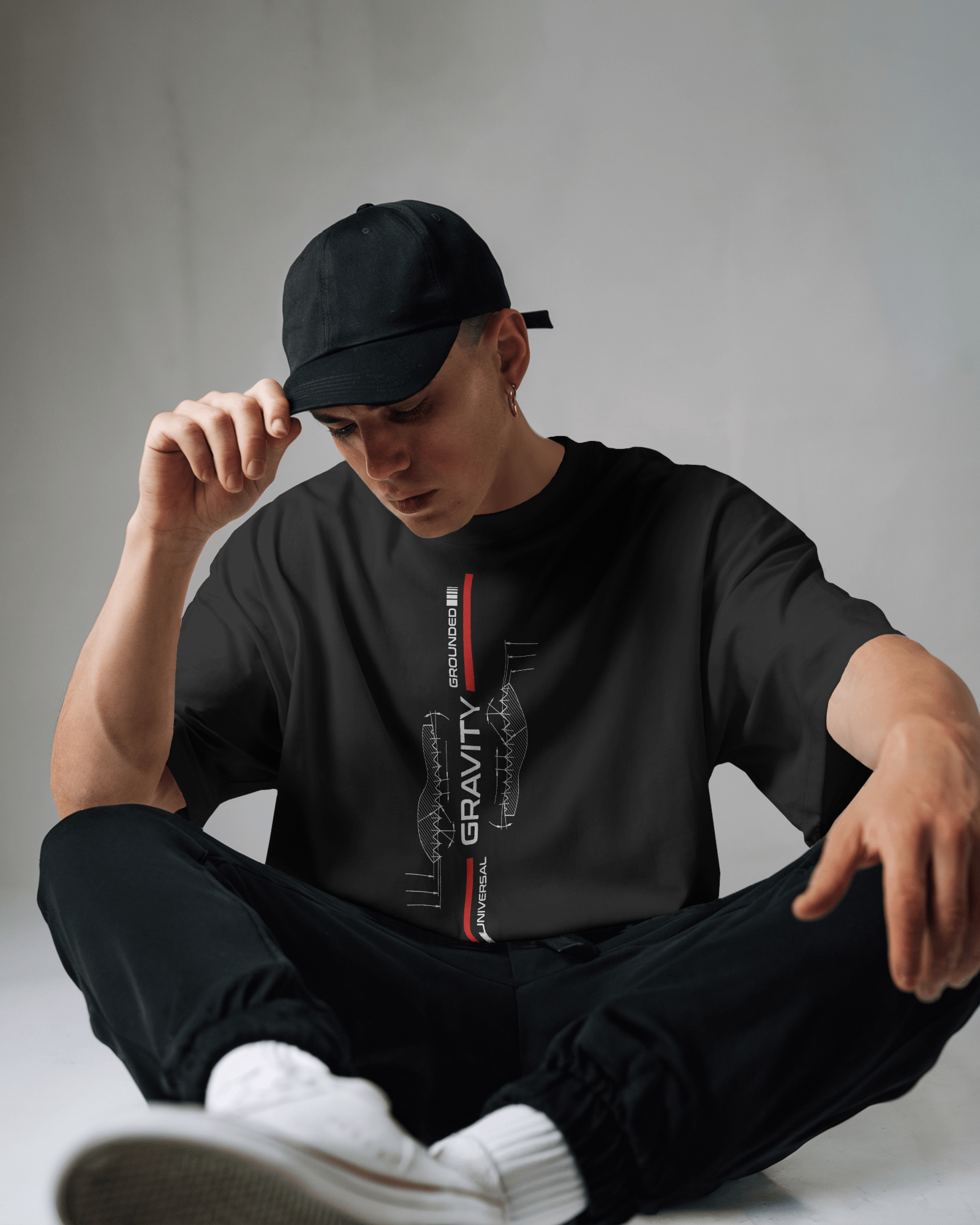
🎨 What is DTF Printing? A Complete Guide for T-Shirt Enthusiasts
If you're into custom T-shirts, you've probably heard the term DTF printing thrown around a lot lately. But what exactly is DTF? Why is it becoming so popular in the world of garment decoration? In this blog post, we’ll break down everything you need to know about Direct to Film (DTF) printing, from how it works to why it might be the best choice for your next custom T-shirt design.
✅ What is DTF Printing?
DTF (Direct to Film) printing is a relatively new method of transferring designs onto garments using a special film, adhesive powder, and a heat press. Unlike traditional methods like screen printing or DTG (Direct to Garment), DTF printing allows for vibrant, high-resolution prints on a wide range of fabrics — cotton, polyester, blends, you name it.
The process involves:
-
Printing your design onto a PET film using a DTF printer.
-
Applying hot melt powder to the wet ink.
-
Curing the powder using heat.
-
Transferring the design to the fabric using a heat press.
Simple, clean, and super effective!
💡 Why is DTF Printing So Popular?
The demand for custom DTF T-shirts is skyrocketing, and it’s easy to see why. Here are some major benefits:
-
Works on all fabric types – cotton, polyester, nylon, and blends
-
No pre-treatment needed, unlike DTG
-
Brilliant color vibrancy and fine detail
-
Soft feel and strong durability
-
Great for small or bulk orders
Whether you’re a small clothing brand or running a one-off print shop, DTF transfers can help you scale up without compromising on quality.
🎯 Best Use Cases for DTF Transfers
DTF printing for T-shirts is incredibly versatile. You can use it for:
-
Streetwear and fashion apparel
-
Promotional T-shirts and hoodies
-
Sportswear and jerseys
-
Tote bags and other merch
-
Personalized gifts and one-offs
The possibilities are endless. If you're running a DTF print-on-demand business, the low setup costs and fast turnaround times make it even more attractive.
🔧 DTF vs DTG vs Screen Printing
Let’s settle the debate. Here's a quick comparison:
| Feature | DTF Printing | DTG Printing | Screen Printing |
|---|---|---|---|
| Fabric Flexibility | ✅ All fabrics | ❌ Cotton only | ✅ All fabrics |
| Setup Cost | Low | Medium | High (for bulk) |
| Print Quality | High (vivid + sharp) | High (on cotton) | Very high (flat colors) |
| Small Runs | ✅ Ideal | ✅ Good | ❌ Not economical |
For businesses just starting out or doing custom orders, DTF printing for clothing is often the smartest move.
🛠 What Do You Need for DTF Printing?
Thinking of starting a DTF T-shirt printing business? Here’s what you’ll need:
-
A DTF printer (or converted inkjet printer)
-
PET films
-
DTF ink (CMYK + white)
-
Hot melt adhesive powder
-
A heat press
-
Design software (like Photoshop or Canva)
You can also order ready-to-press DTF transfers online and just press them at home — perfect for side hustlers and small brands!
💸 Is DTF Printing Profitable?
Absolutely. With low material costs and high demand for custom printed T-shirts, you can easily turn a good profit. Plus, the ability to offer no minimum order quantities gives you a competitive edge over traditional print shops.
You can:
-
Sell custom graphic tees on Etsy, Shopify, or Amazon
-
Offer DTF heat transfer services locally
-
Create your own clothing brand with DTF prints
🧼 How Durable Are DTF Prints?
When done right, DTF prints can last over 50 washes without fading, cracking, or peeling. Just make sure you use high-quality ink, proper curing temperatures, and follow DTF T-shirt washing instructions (cold wash, inside out, air dry for best results).
🧠 Final Thoughts
DTF printing is revolutionizing the custom T-shirt world. It's cost-effective, easy to learn, and delivers professional results every time. Whether you're a hobbyist, a designer, or launching a full-on brand, DTF gives you the tools to create stunning custom apparel with minimal investment.
So if you're wondering how to start a DTF T-shirt business, or just want to make your own shirts, now’s the perfect time to get started.
